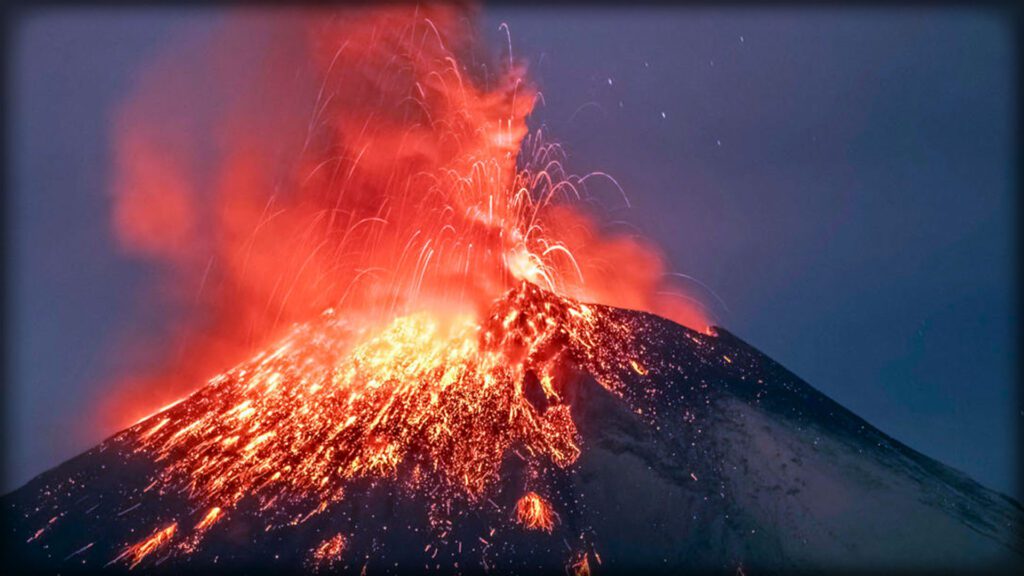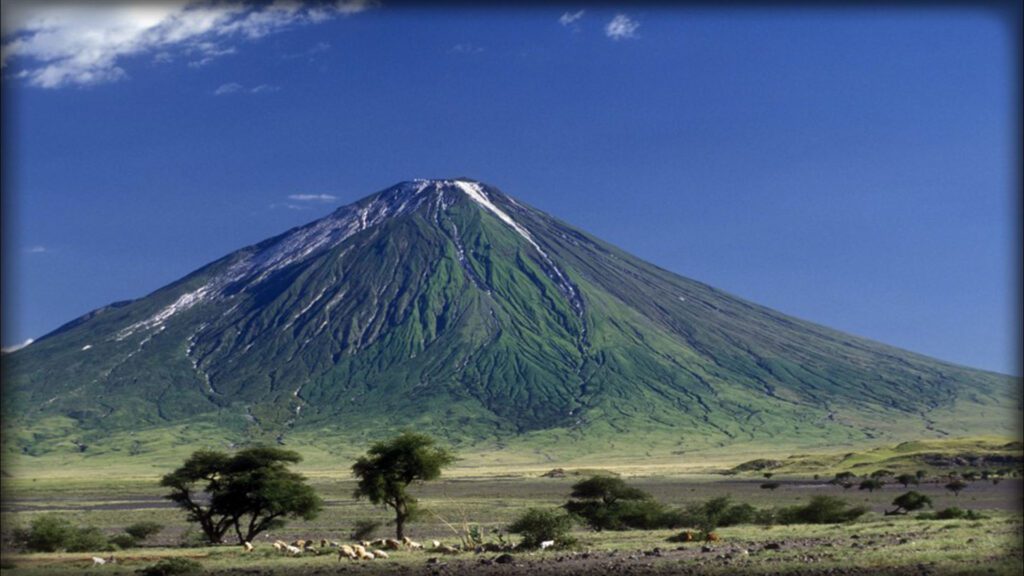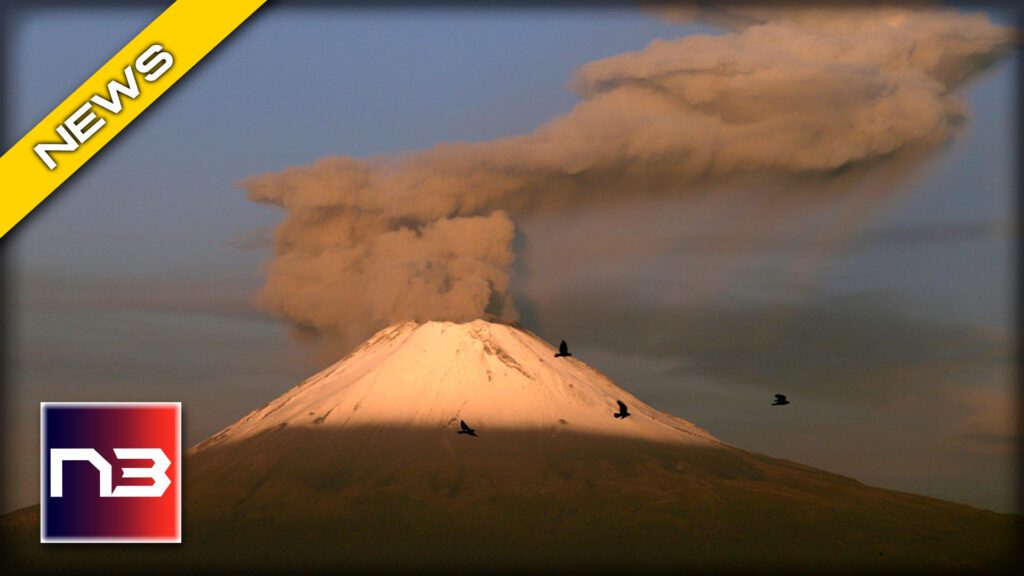This is no ordinary volcanic threat: Popocatepetl, once dormant for decades, now stirs with terrifying fury causing airports to halt flights and schools to cancel classes. As it looms near Mexico City, are we truly prepared for the devastating consequences of this sleeping giant’s awakening?
The Popocatepetl volcano, once a subdued and tranquil peak in Mexico, is now raising alarms amongst experts due to an increase in yellow phase three alerts. This level of warning indicates “significant explosions of increasing intensity” and projects rock fragments over great distances. Popocatepetl threatens approximately 25 million people in the nearby city as well as millions more throughout the region.
The fears are not unfounded: airports in Mexico City and Puebla have already experienced temporary closures as airborne ash from the volcano presents hazardous risks. Mexican national Civil Defense Coordinator Laura Velázquez offers cautious reassurances, claiming that past activity has been more severe, but heightened awareness remains critical.


Popocatepetl, or “smoking mountain,” had been dormant for many years before its explosive 1994 awakening. Once a peaceful geological formation, the volcano is now watched closely by scientists, with a host of monitoring equipment in place. Despite modern tools and techniques, this powerful volcano remains a challenging force to predict and control.
A prominent example of the volcano’s potential destructiveness occurred in December 2000, when Popocatepetl witnessed its largest eruption in 1,200 years. A staggering 30,000 residents were evacuated to ensure their safety. Scientists are ever-watchful now, with strategically placed cameras, thermal imaging devices, and seismological monitoring stations capturing data around the clock.
In recent days, in-person classes were canceled across the region as a precaution. A scientific advisory committee has established risk zones relative to the volcano, with high, medium, and low-risk zones defined by geographic radius. Popocatepetl, the second-highest peak in Mexico, standing in North America’s second-highest volcano position, continues to challenge scientists and authorities.


The towering Mauna Loa in Hawaii, the largest active volcano in the world, remains the only volcano higher than Popocatepetl in North America. Likewise, the Mauna Kea volcano, a dormant neighbor to Mauna Loa, holds the title as the tallest mountain when measured from the ocean floor. However, Popocatepetl poses its unique and undeniable risk to the inhabitants of Mexico’s densely populated areas.
As the skies darken with volcanic ash and the ground trembles, Popocatepetl’s ascent to a catastrophic eruption becomes an ever-present threat. Residents of the region are encouraged to stay informed and guided by trained officials. The monitoring and vigilance of the roaring “smoking mountain” must not waver, as the volcano’s menacing growl is heard through the night.
Let’s continue this conversation, in the comments below.



